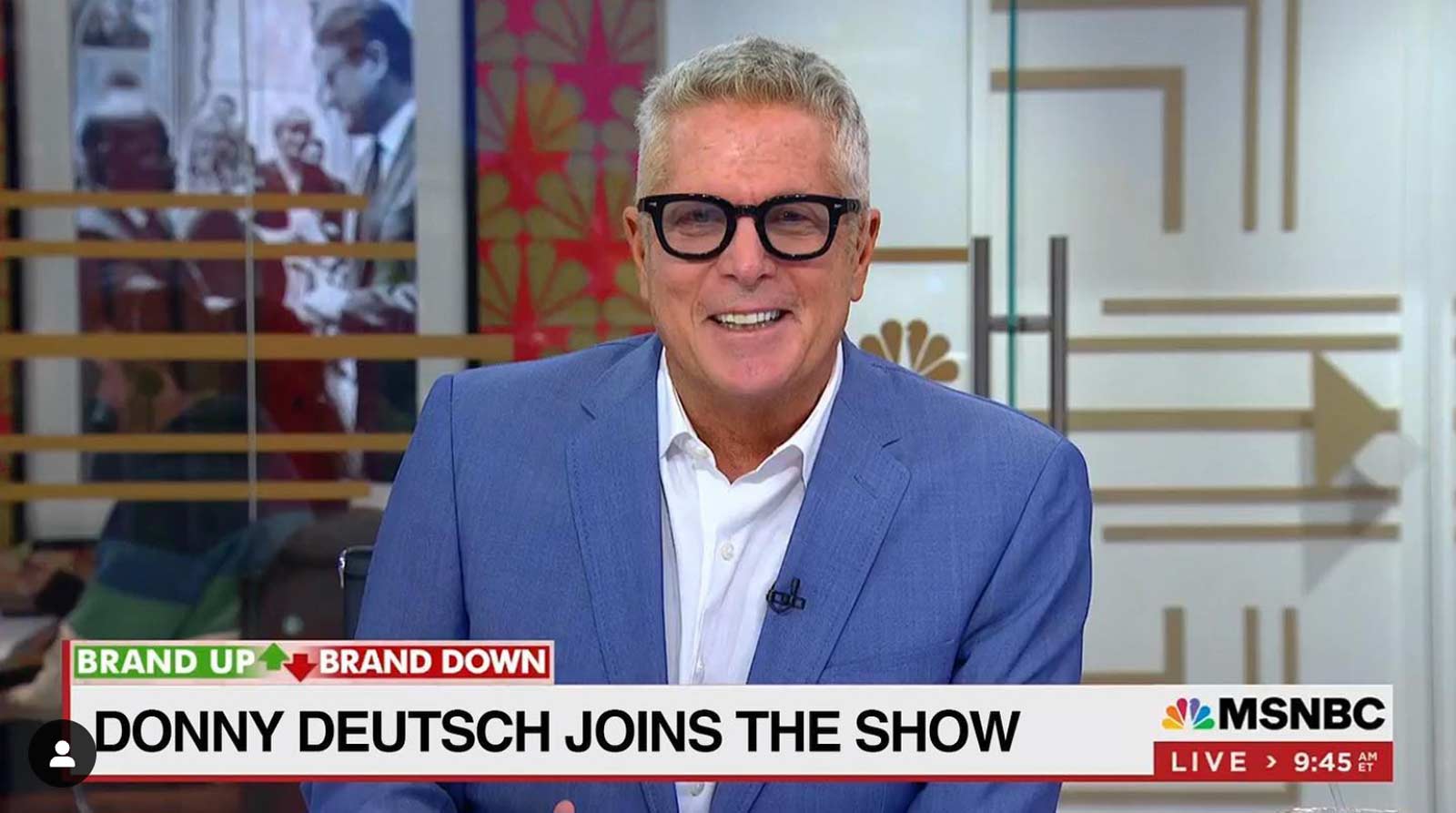Often, entrepreneurs and developers get so wrapped up in their own little worlds and subcultures that we often forget about the wider applications of the new technologies we’re building.
That’s particularly true of smart contracts.
What’s a smart contract? No, it’s not the EULA (end-user license agreement) tucked into the fine print of your software agreement. It’s one of the core elements that makes blockchain technology so powerful — and, really, a game changer for decentralized marketplaces.
“This is very hard to grok at first,” Chris Dixon, co-lead of the a16z venture fund, said on a recent episode of the Bankless podcast. A smart contract, he explained, is essentially a legal and financial commitment that is enforced through software. “It gives you certain rights and responsibilities guaranteed by the code.”
No company can change its mind and try to change the rules of the road once they’re established in a smart contract. The software is self-enforcing and automated, outside the control of a centralized authority. It doesn’t need buy-in. It needs no arbiters or umpires. It’s the whole ballgame.
Smart contracts enable secondary sales of a digital asset that allow both the original creator and the reseller to benefit from a resale. But they can do much, much more.

In short, smart contracts are cool.
And now, they’re catching the eye of corporate America and mainstream businesses.
Today, on the first day of the EY Global Blockchain Summit organized by professional services giant Ernst & Young, the panelists took a deep dive into smart contract land. (See our calendar of blockchain events.) And they were smart about it.
“Our vision is very simple,” said moderator Paul Brody, the head of global innovation for blockchain initiatives at Ernst & Young. “Let’s turn these business agreements into secure, private, on-chain smart contracts that you can execute reliably and they’ll keep track of your discounts or rebates or your key terms and conditions.”
That may sound like a straightforward proposition. It’s anything but.

Enterprises will use blockchain as a medium for transactions and communication across the supply chain, Zach Miltz, blockchain product owner at EY, told the participants. “A few of the benefits of communicating on chain: We can communicate with business logic. Enforce pricing contracts. Pay invoices. Private enterprises can use those tokenized assets end to end in their procurement flow. And enterprises can tap into the financing capabilities of DeFi through functionality that we’ll build out in the future.”
He then showed off a demo of a fake California wine company that used an Ethereum wallet and created a smart contract. The company would be able to set the price of its Chardonnay to its retail partner at $10 for the first 100 bottles of wine, then 500 bottles for $9 each and $8 after that, with automated purchase orders and invoices that all work seamlessly based on protocols and rules embedded in the blockchain.
Said Miltz: “We will soon have functionality where we can tie associate tokenized goods directly to this purchase order, which later on will let us facilitate automatic transfer of those tokenized goods, along with metadata, with both public and private metadata updates along the way. So we are quite excited about that.”
That’s corporate speak for, Damn. Ain’t that something?
Brody wrapped up the session with an assurance that blockchain transactions will be safe, secure and private.
“We want to make it simple, safe, and integrated for enterprises to do business transactions on chain,” he said. “And I want to be also very clear that … something that’s enormously important to us is the simple principle that we will use the best available privacy technologies because no enterprise wants their secure sensitive business information stored on chain. What we’re going to put on there is mathematical proofs, links to off chain data, verification of services, but not the underlying data — so even if you get hacked, your sensitive business information will not be decrypted and exposed for all to see on chain. That is a really really really strong privacy commitment that we have.”
The virtual EY Global Blockchain Summit continues Wednesday and Thursday. Admission is free.






